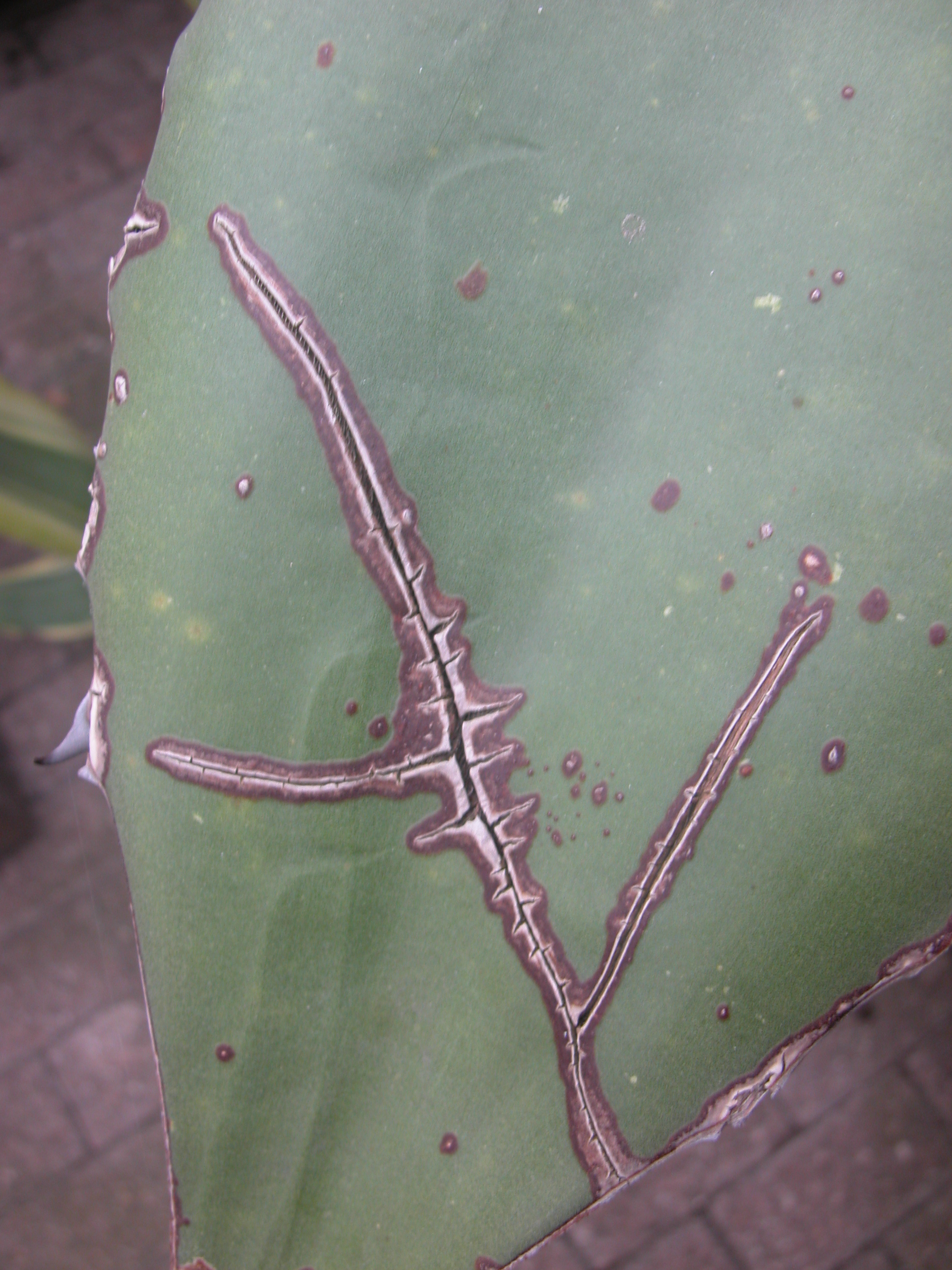As well affecting physical appearance, scars can also affect physiological systems.
In the case of a scar from abdominal surgery, the adhesions of the connective tissue on the inside of the abdominal wall to the connective tissue surrounding the gut can cause changes in bowel function and lymph drainage from the gut. Muscular contractions in the gut are what move food through the gut and so disruption of these contractions because of scars can cause food to slow down, causing constipation, gas, bloating, and increases risk for infection.
In the case of a scar over muscle tissue or bone, the disruption of fascia can affect muscle contraction, the flow of qi through acupuncture meridians, and depending on the location and depth, the flow of lymph through the body. This explains why some internal medicine problems start or worsen after physical injuries or surgery.
The way to fix a scar is to get the body to remodel the tissue, and in order for this to happen, the scar must be broken up somehow.
The quickest and most effective way to break up scars are with injections. In addition to the physical effect of the needle breaking up scar tissue, the solution and gas that are subsequently injected further disrupt the fibrotic tissue in the scar. The solution that is injected numbs the area and has nutrients that help with the remodeling of the tissue. The ozone gas is specifically good at breaking up scar tissue and is antimicrobial, preventing infection.
Topically, you can massage castor oil into the scar while pulling in the direction that it feels stuck or adhered. If you would like, you can also add oils of frankincense, helichrysum, lavender, or geranium as these oils have properties that are beneficial to the skin. In the case of abdominal adhesions, sesame seed oil seems to work more effectively.

